I've been pretty busy lately with other projects and work, but I'm not going to let this one fall into the aether!
If I had known how awful vinyl hoses and plastic couplings are to work with when I started experimenting with aquaponics I would have steered clear from the beginning. The most recent change I made to my system was replacing my leaky drain hoses with much more reliable bulkheads and water potable pipes.
Here's what it looked like before, it's a mess of vinyl, silicone, bondo (was getting desperate), and when it all failed I had plastic liner to catch the leaks. I wasn't using proper bulkheads with rubber seals and instead relied on holes drilled through the bottom with silicone to prevent water from leaking around the edge of the hose. As it turns out, silicone doesn't like to bond with smooth HDPE liner, because of this I had tons of leaks to deal with on a regular basis.
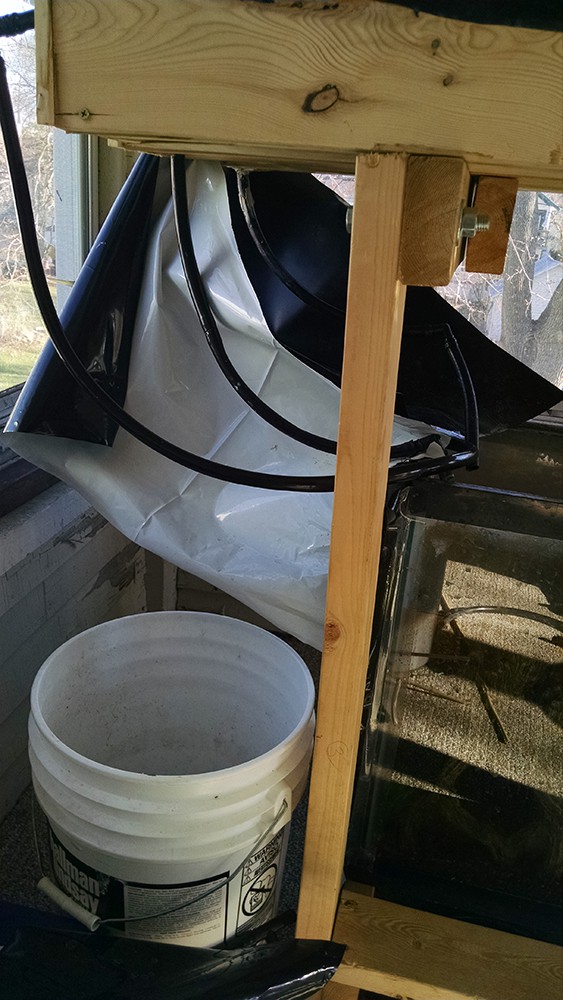
Here's the new stuff, getting to the hardware store is pretty inconvenient for me and of course you can't make just one trip and expect everything to fit. Or at least in my case, I guess measure twice cut once hasn't resonated with me yet. But since I didn't want to go back I did some improvising with a hacksaw and gorilla glue, so far it's working well!
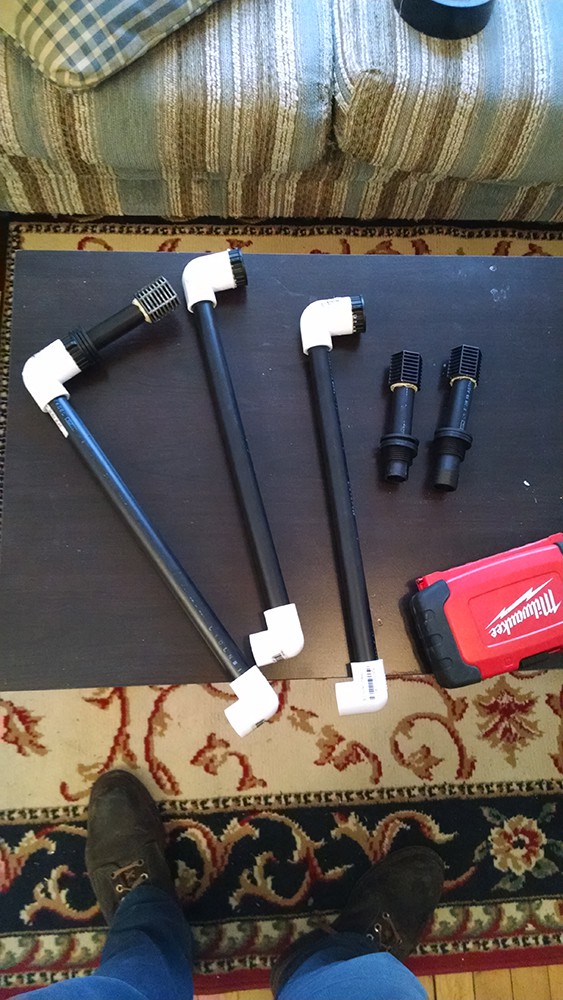
I have to say, investing in a GOOD set of hole saw bits would have saved me from a lot of frustration. I actually broke the guide bit and bent one saw from trying to do a quick job. But at least I got it done, it still doesn't scream 'designer asthetics' but compared to what it used to be it's muuuch better in form and function.

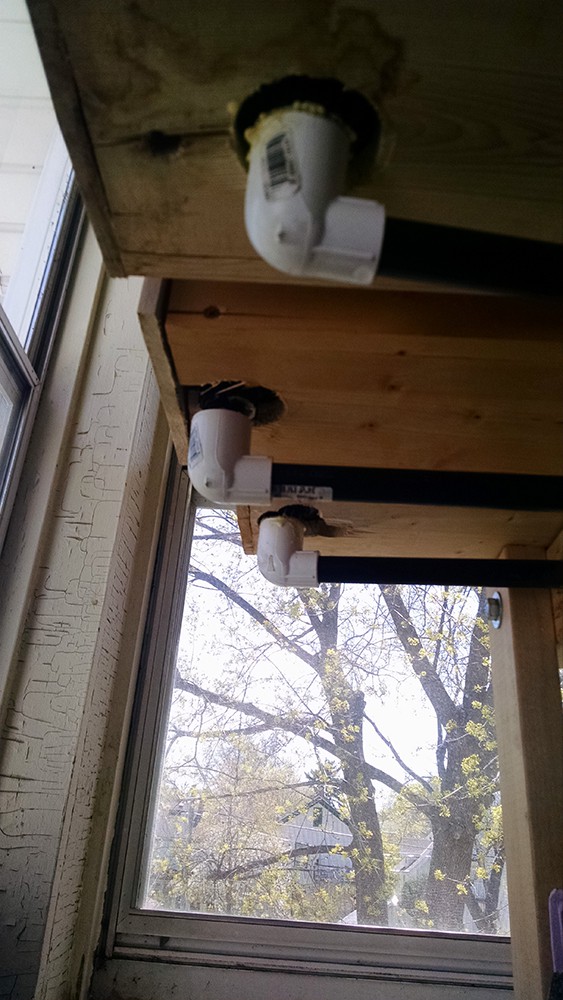
And just an update on what I'm actually growing, the kale is growing at a steady pace and my tomatoes have shot up surprisingly quickly. I'd like to start logging growth tracking correlations with environmental factors (C02, ammonia levels, more daylight with spring etc) once I can get some sensors working. As for right now I may just start keeping track of size.
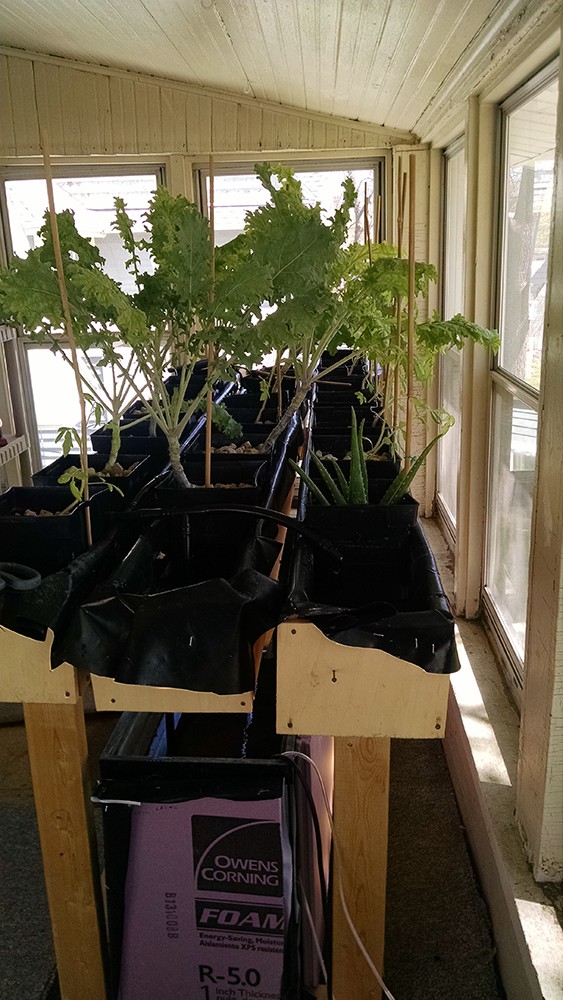
Tomatoes after about 1.5 months:
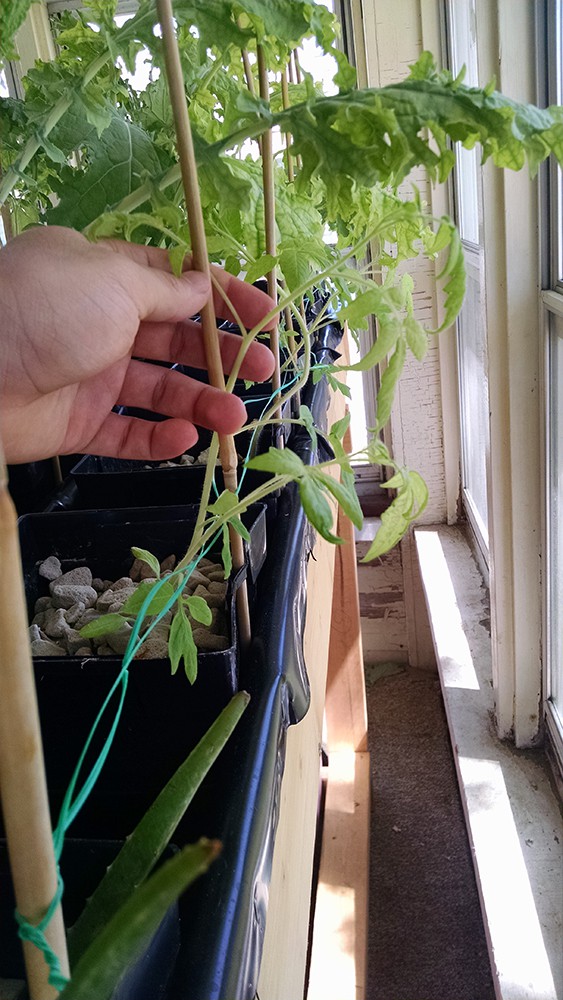
I threw an aloe plant in just to see what would happen, I'm really a novice gardener and don't know anything about most plants. But that's what makes it fun, right? I thought that it might be similar to a cactus where too much water could kill it, but from what I can tell it's thriving and quite plump.
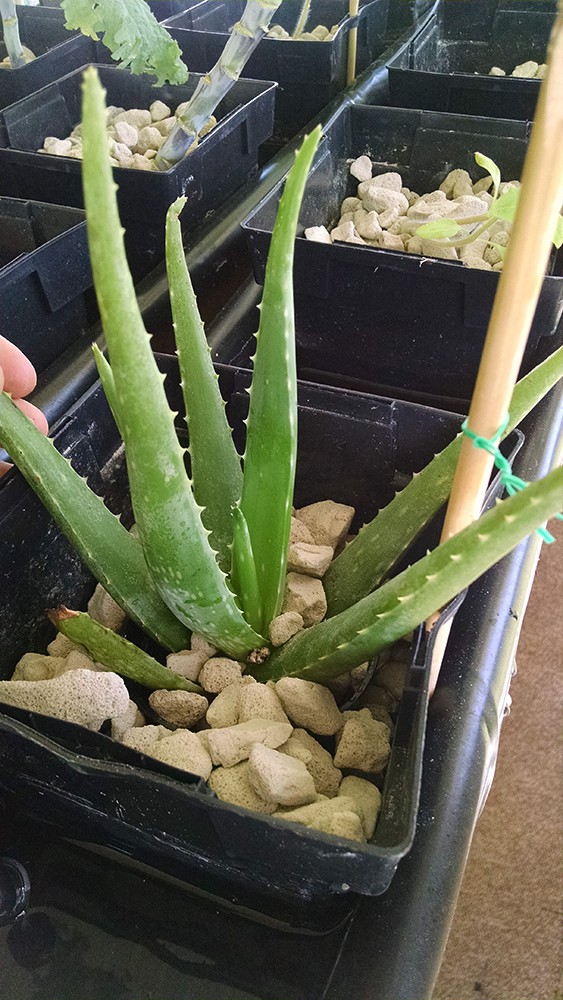
And finally, I'm getting closer with my Raspberry Pi PH sensor kit from Atlas Scientific. I've got it all wired up and ran some Python scripts, unfortunately with all of the documentation out there I can't seem to get it to read properly. I've got it in UART mode and I can control the LED (off and on) but beyond that no dice. I'm following this guide here so I'm not sure how accurate it is, I may just need to contact Atlas and have them help with the troubleshooting: http://www.instructables.com/id/Atlas-Scientific-and-Raspberry-Pi/?ALLSTEPS
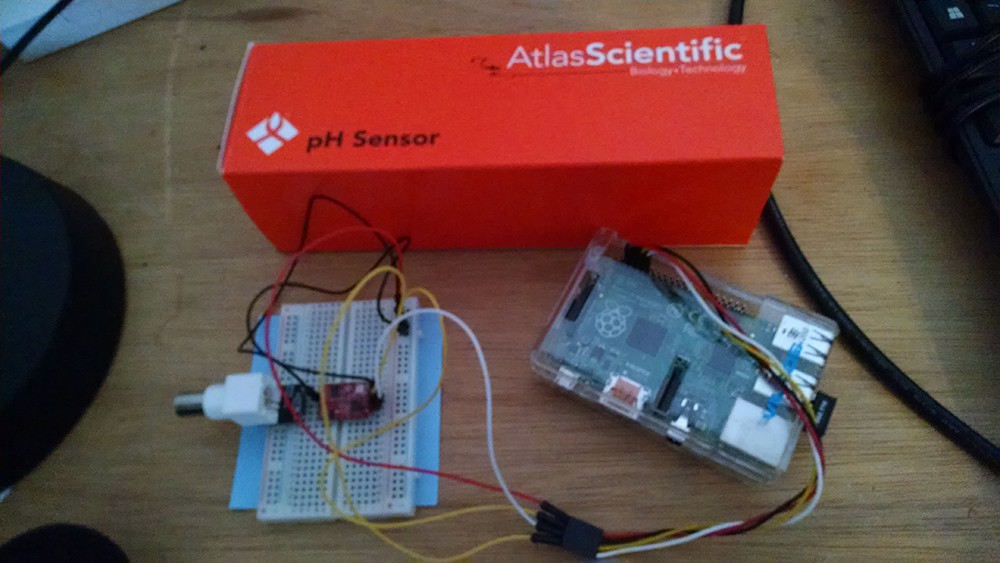
I'm still only about 75% satisfied with my system, if I had the time I'd build another one from scratch with everything I've learned. With the automation I'd like to get pH readings, dissolved O2/C02, and flow rate. There's also some hydroponics company out there who developed application software specifically for reading this kind of stuff, I'm blanking on the name but will update as soon as I remember. I bought a ton of LDPE liner to replace the HDPE, it's much easier to work with and will still get the job done. I'll be rebuilding the trays pretty soon here to ensure that there won't be any leaks, seeing as I'm on the second floor of an apartment (that I don't own) I get pretty anxious about the thought of dropping gallons of water on the floor while I'm not home.
 justin
justin
Discussions
Become a Hackaday.io Member
Create an account to leave a comment. Already have an account? Log In.